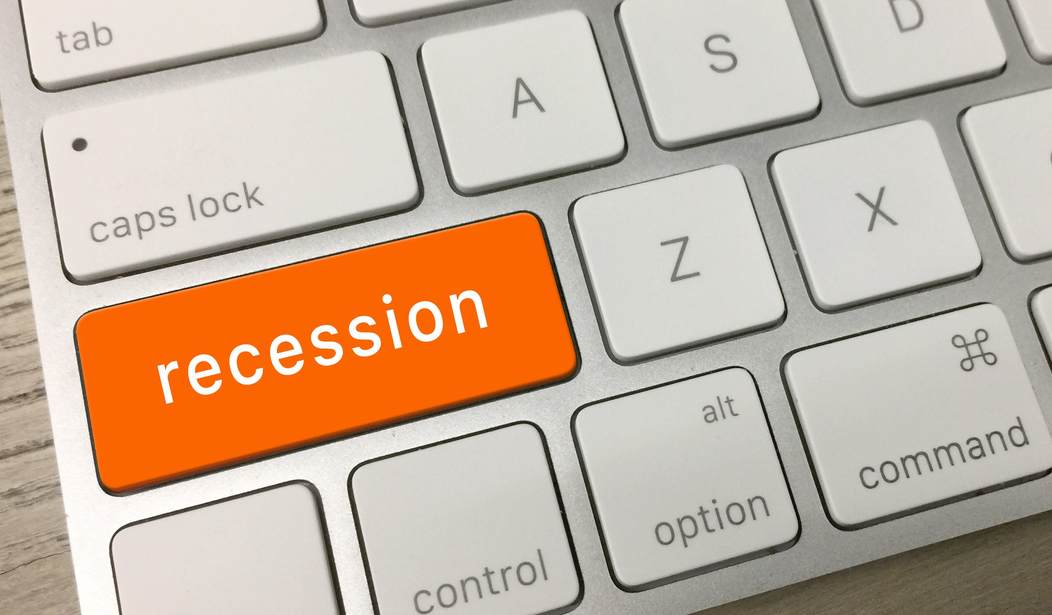On Monday, the Dow Jones Industrial Average dropped by almost 3,000 points, for a 12.93% loss. That’s the worst loss since Black Monday in 1987. The NASDAQ and S&P also dropped 12.32% and 11.98%, respectively. These drops reversed the one-day surge from the previous Friday. The stock market is now down about 30% since late February. This renewed fears that the coronavirus panic reveals more fundamental problems in the economy. Contrary to the prevailing media spin, panic over the COVID-19 panic is not the cause.
On February 19, the Dow closed at 29,348.03. Monday it closed at 20,188.52. Stocks rebounded on Friday after the Trump administration announced a large stimulus package, but that rebound didn’t last. The market has experienced significant volatility, but the downward trend has not corrected itself. The Federal Reserve has taken several actions that have not worked.
Trading Monday opened sharply lower, tripping the automatic “circuit breaker” built into the markets. MSN reports:
Trading was halted for 15 minutes shortly after the open as a then-8.14% drop on the S&P 500 triggered a so-called circuit breaker. It was the third time in the last week a circuit breaker was triggered. Before the open, futures contracts tied to the major averages hit their “limit down” levels, meaning they could not trade below that threshold. Those limits — along with the regular session’s circuit breakers — are imposed by the exchanges to maintain orderly market behavior.
The markets plunged again late in the day as President Trump spoke about coronavirus lasting longer than expected, and the possibility of a recession.
Many have warned of a recession for a while now, however. The repo market has shown weakness for months, and the Fed took further action earlier in March:
Back in September, the Federal Reserve announced its first move in a decade to inject liquidity into U.S. money markets after a spike in the overnight repo market. The key short-term rates that are seen as the “plumbing” of the financial system jumped to 10% and threatened Treasury bonds and bank lending. The repo market was the scene of Bear Stearns and Lehman Brothers’ downfall, and this market was flashing a warning that liquidity was tight and banks were not lending to each other with the same ease.
To address the short-term crunch, the New York Fed announced that it would supply liquidity by buying up to $75 billion in repurchase agreements, in which the bank buys up Treasury and federal agency debt and sells them back when the repo expires.
The move by the Fed calmed the market, but the problem is that it never stopped. The liquidity program was extended into year-end with the excuse that banks needed year-end funding related to tax requirements and the Federal Reserve has reversed its previous tapering to add $400 billion in assets to its books.
Here’s a good primer for the repo market:
- A repurchase agreement, or ‘repo’, is a short-term agreement to sell securities in order to buy them back at a slightly higher price.
- The one selling the repo is effectively borrowing and the other party is lending, since the lender is credited the implicit interest in the difference in prices from initiation to repurchase.
- Repos and reverse repos are thus used for short-term borrowing and lending, often with a tenor of overnight to 48 hours.
- The implicit interest rate on these agreements is known as the repo rate, a proxy for the overnight risk-free rate.
There have been weird things happening in the repo market for a long time now, as banks have struggled to maintain sufficient liquidity. In a fully healthy economy, bank liquidity should not be an issue. The Fed has regularly injected funds by buying treasuries from banks for months, with limited results. Now, fast-forward to the beginning of March, and the growing panic over coronavirus. CNBC reported on Thursday:
Liquidity in the U.S. $17 trillion Treasury market has deteriorated to the degree that the Federal Reserve or U.S. Treasury Department may need to start new programs to buy the debt, or risk large scale liquidation of the bonds, a Bank of America strategist said on Thursday.
Investors this week have said that it has been unusually difficult to trade Treasuries and that the spread between the cost of buying and selling bonds has widened dramatically, making them more expensive to trade.
On Wednesday, Treasury yields on long-dated bonds rose even as stock markets plunged, which Bank of America sees as an additional warning signal, as safe-haven assets should typically rally during such a large equity decline.
In a risk-off environment it would be expected to see (Treasury) yields decline; yields appear to have been overwhelmed by liquidity concerns yesterday, strategist Mark Cabana said in a report.
If illiquidity in the market persists some market participants including leveraged investors, who are large buyers of bonds, may be unable to hold on to the debt and that could lead to a chain of widespread selling, Cabana said.
Some have seen liquidity vulnerabilities as far back as 2017, noting that a negative event in the market could trigger a crisis:
As the Bank for International Settlements warned in its September 2017 Quarterly Report: “The combination of balance sheet vulnerabilities and market tightening could trigger funding problems in the event of market strains. Market turbulence may make it more difficult for banks to manage currency gaps in volatile swap markets, possibly rendering some banks unable to roll over short-term dollar funding. Banks could then act as an amplifier of market strains if funding pressures were to compel banks to sell assets in a turbulent market to pay their liabilities that are due. Funding pressure could also induce banks to shrink dollar lending to non-US borrowers, thus reducing credit availability. Ultimately, there is a risk that banks could default on their dollar obligations.”
As the coronavirus panic expanded, stocks fell even more throughout March, until the Fed finally made a massive move on March 12:
Wall Street briefly pared its losses on Thursday as investors reacted to the Federal Reserve’s announcement that it would dramatically increase liquidity by injecting as much as $1.5 trillion into the economy with an unprecedented series of asset purchases.
Previously, the White House’s Europe travel ban and a cascade of headlines about the spread of the coronavirus in the United States had led to the unprecedented second weekly triggering of the market’s “circuit breaker” to halt trading for 15 minutes a few minutes into the trading day.
While the travel, hospitality and energy sectors have so far been on the front lines of the coronavirus pandemic, analysts said the flight out of stocks reflecting a growing concern that a much wider swath of the American economy will be hurt, even with aggressive monetary policy moves.
Combined with the Trump press conference on Friday, that provided a temporary boost to the stock market. That all disappeared on Monday, and portends further problems:
The major averages fell to their lows into the close after President Donald Trump said the worst of the outbreak could last until August. He also told reporters the U.S. “may be” heading into a recession.
“The market didn’t hear what it wanted to hear. I don’t think that it wanted to hear that this was going to last until July and August, and now the market does the math. If it lasts until July and August, that means we maybe have a contraction in the second quarter and the third quarter, and that means recession,” BNY Mellon strategist Liz Young said on CNBC’s “Closing Bell.”
As the coronavirus panic feeds off the financial crisis and vice versa, we could see a recession as the Fed runs out of options.
Jeff Reynolds is the author of the book, “Behind the Curtain: Inside the Network of Progressive Billionaires and Their Campaign to Undermine Democracy,” available now at www.WhoOwnsTheDems.com. Jeff hosts a podcast at anchor.fm/BehindTheCurtain. You can follow him on Twitter @ChargerJeff.










Join the conversation as a VIP Member